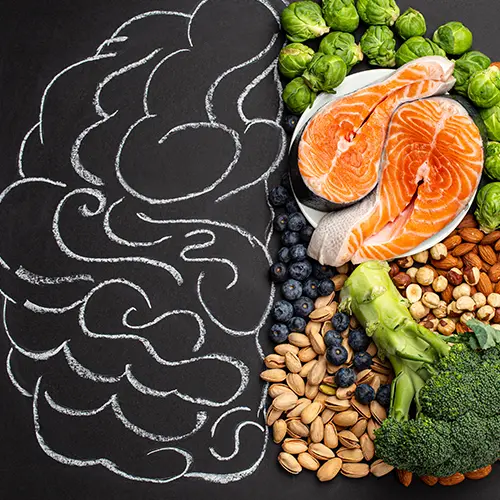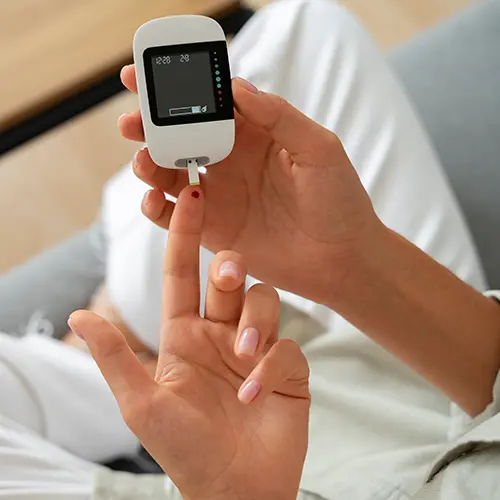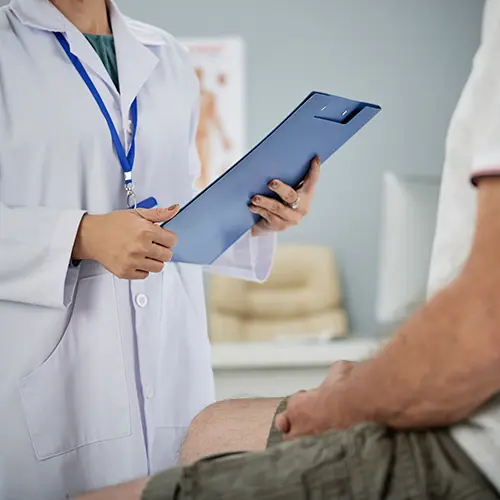Table of Contents
Overactive Bladder (OAB), medically called bladder urgency, causes frequent, uncontrollable urges to urinate. This situation can disrupt daily life, revealing negativities such as involuntary urine leakage. Effective strategies exist to manage the impact of the disturbance.
Addressing OAB includes behavioral changes such as timed voiding, dietary adjustments, and pelvic floor exercises. Moreover, if these are insufficient, alternative treatments are available. With a simple assessment, root causes can be identified. The person can understand ways to regain control over bladder functions. As a result, it can again improve the overall quality of life.
In this article, we will focus on what an overactive bladder is and the causes of an overactive bladder. You can also read about the symptoms of overactive bladder and overactive bladder treatment in this article.
What Is an Overactive Bladder?
Overactive bladder (OAB) is a common urological problem affecting millions. OAB can disrupt the rhythm of daily life and erode the overall quality of life.
The bladder emptying process consists of a complex interaction of kidneys, nerve signals, and muscle contractions. Nerve communication between the bladder and the brain triggers the bladder muscles to contract to urinate, signaling the body when it is complete. Dysfunctions in this system can lead to OAB. Nerve signals can transmit inadvertent fullness, resulting in a persistent urge to urinate, creating urgency even when the bladder is not complete. Quality medical care plays a vital role in restoring the patient's quality of life.
Effective medical interventions can greatly help improve the patient's quality of life. That reduces the symptoms of OAB and allows the person to regain control over their daily activities.
Causes of Overactive Bladder
Causes of female overactive bladder and male overactive bladder may vary due to anatomic differences.
The causes of overactive bladder can differ between men and women due to anatomical differences. In both sexes, urine produced by the kidneys flows into the bladder and is eventually excreted through the urethra.
As the bladder fills, nerve signals activate the brain, causing the urge to urinate. Synchronized muscle contractions involving the pelvic floor, urinary sphincter, and bladder muscles during urination facilitate the process.
Overactive bladder occurs when bladder muscles contract involuntarily, even with limited urine volume. The person has a compelling need to urinate.
Conditions such as diabetes, neurological problems, and menopausal hormonal shifts can prevent proper urine flow. In addition, factors such as medications, excessive caffeine, and alcohol consumption can also cause overactive bladder discomfort.
What Are The Symptoms of an Overactive Bladder?
The signs of an overactive bladder vary. Some of these symptoms can be listed as follows:
Urinary urgency: A sudden urge to urinate, often requiring immediate attention.
Frequent urination: Increasingly frequent bathroom visits disrupt the daily rhythm.
Urge Incontinence: Uncontrolled urinary incontinence accompanied by an intense urge to urinate.
Urge Incontinence: Uncontrolled urinary incontinence accompanied by an intense urge to urinate.
Nocturia: Waking up many times during the night to urinate.
The underlying cause of an overactive bladder lies in the detrusor muscle, a cluster of smooth muscle fibers in the bladder wall. Conditions and injuries that affect this muscle lead to overactive bladder activity. Factors causing this include:
Abdominal trauma: Events such as pregnancy and childbirth can weaken the pelvic muscles and potentially displace the bladder.
Nerve damage: Diseases and injuries can disrupt signals between the brain and bladder, causing untimely impulses. Conditions such as Parkinson's disease, multiple sclerosis, or trauma can trigger it.
Effect of substances: Alcohol, caffeine, and drugs may impair bladder signals by blunting nerve responses. Diuretics and caffeine can cause rapid bladder filling and potential leakage.
Infections: Urinary tract infections can irritate the bladder nerves, triggering involuntary contractions.
Weight effect: Being overweight can pressure the bladder, contributing to urinary incontinence.
Hormonal effect: Hormonal changes during menopause can cause urinary incontinence. Vaginal estrogen therapy can provide relief.
Overactive Bladder Treatment
The treatment of overactive bladder involves a range of approaches designed to alleviate symptoms and improve overall well-being. Behavioral strategies encompass lifestyle modifications and pelvic exercises. Medications, including beta-3 agonists, aim to relax bladder muscles. Lifestyle adjustments like reducing caffeine intake and managing fluid consumption contribute to symptom management. Surgical interventions such as bladder augmentation may be considered for severe cases. Seeking guidance from a healthcare professional is crucial to tailor a suitable treatment plan based on individual needs and the severity of symptoms.




















